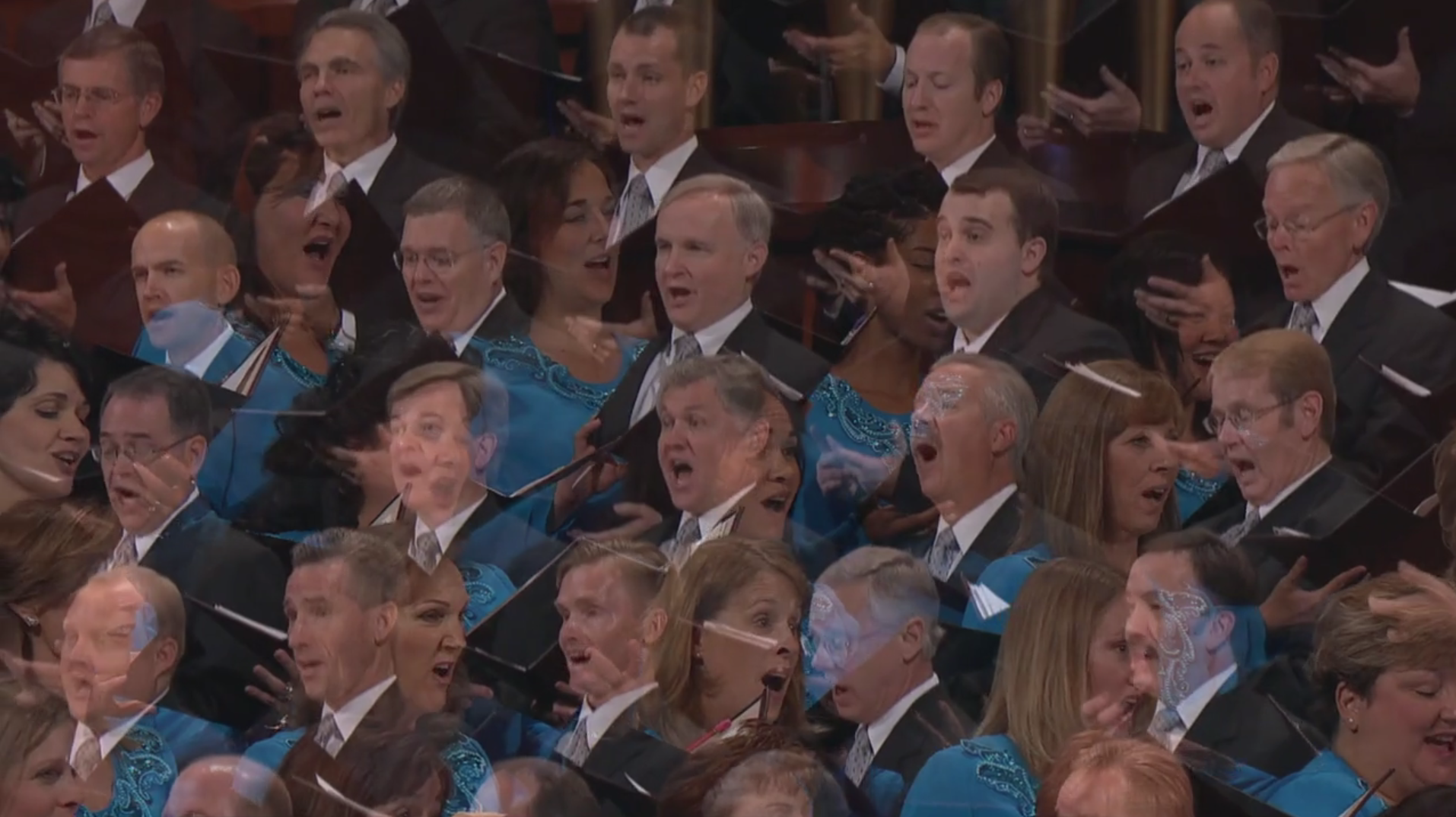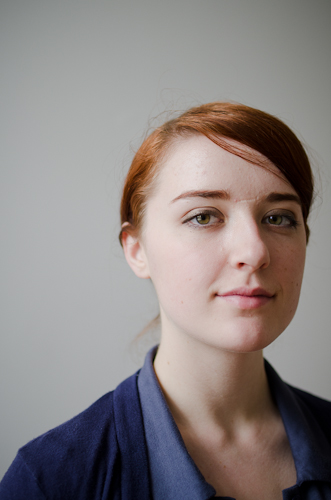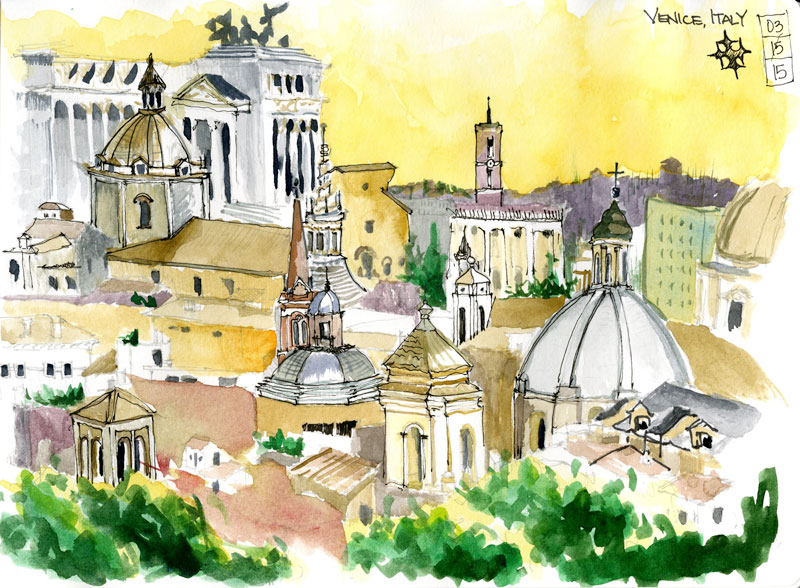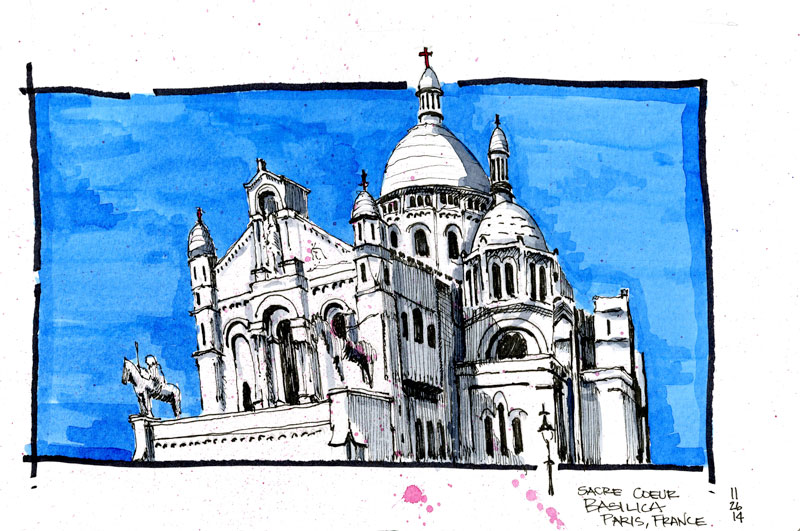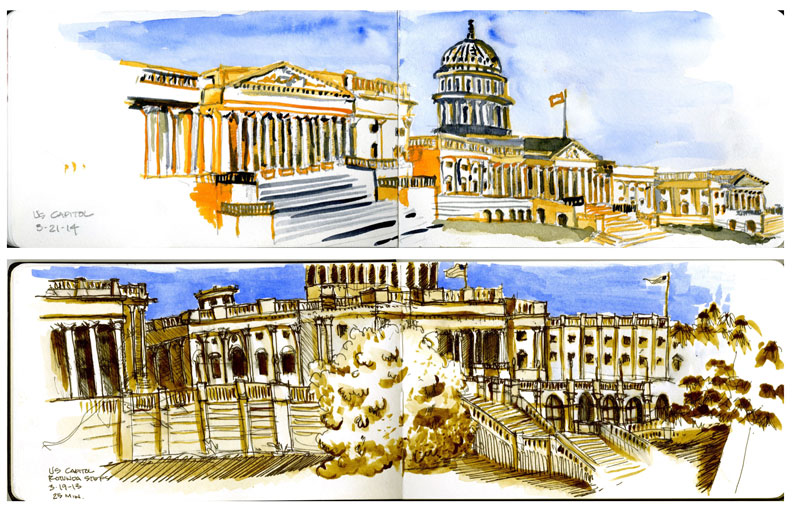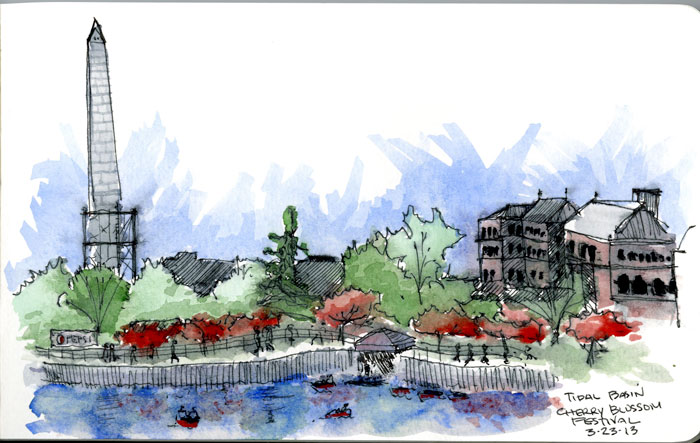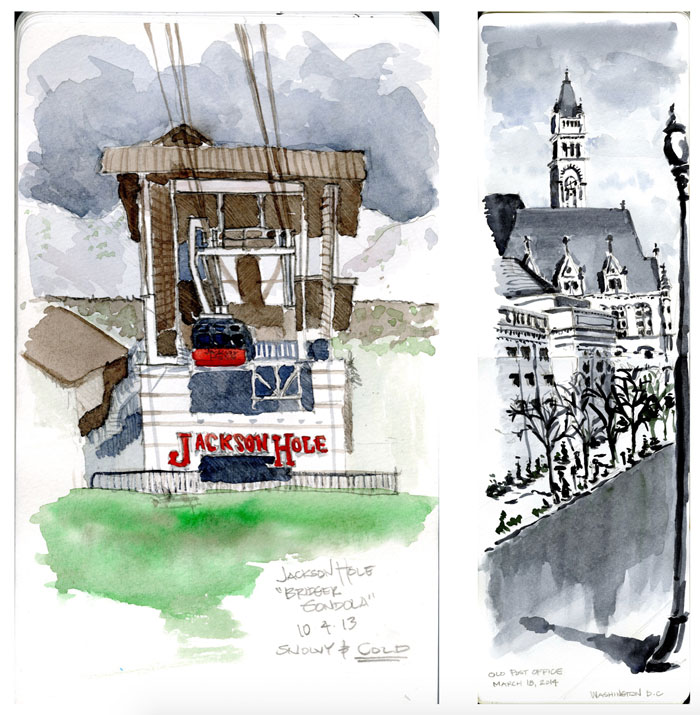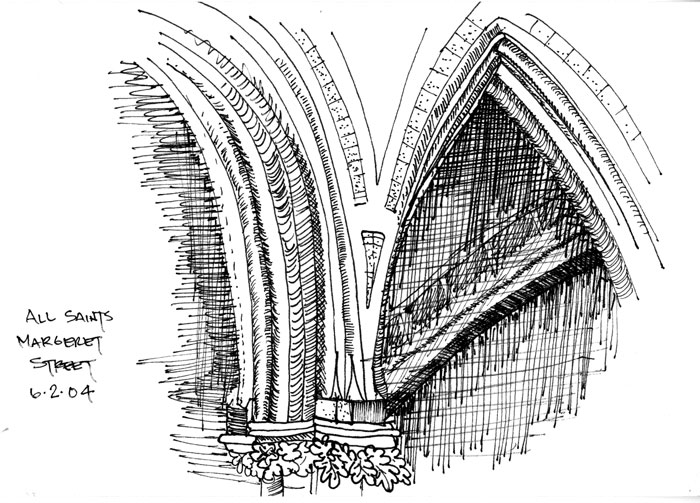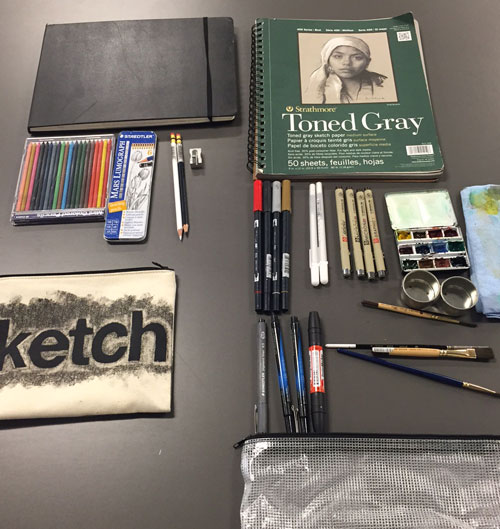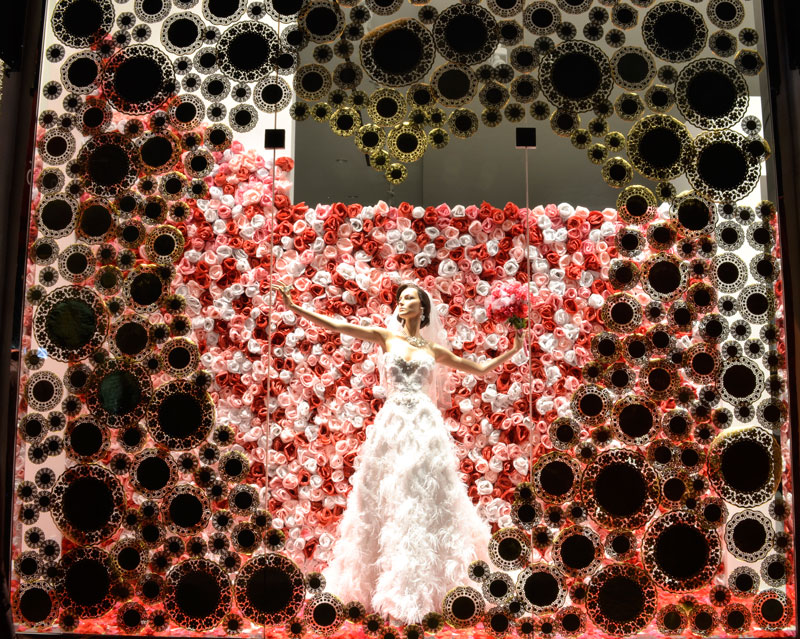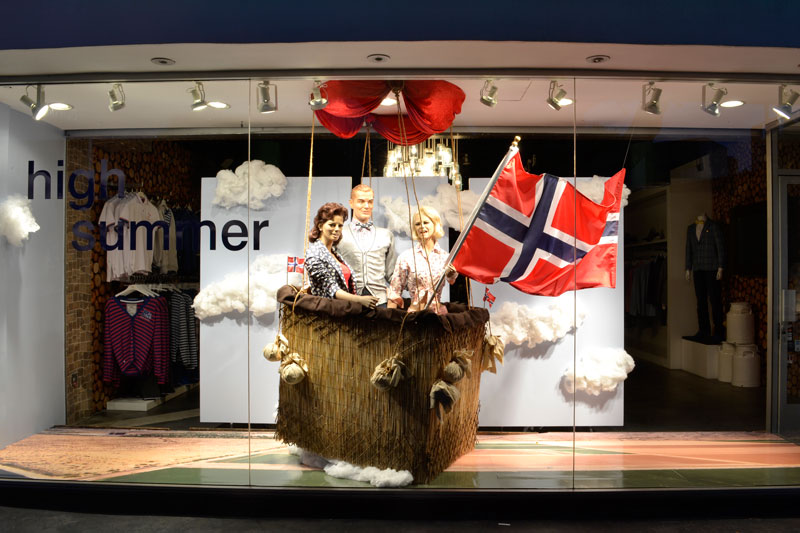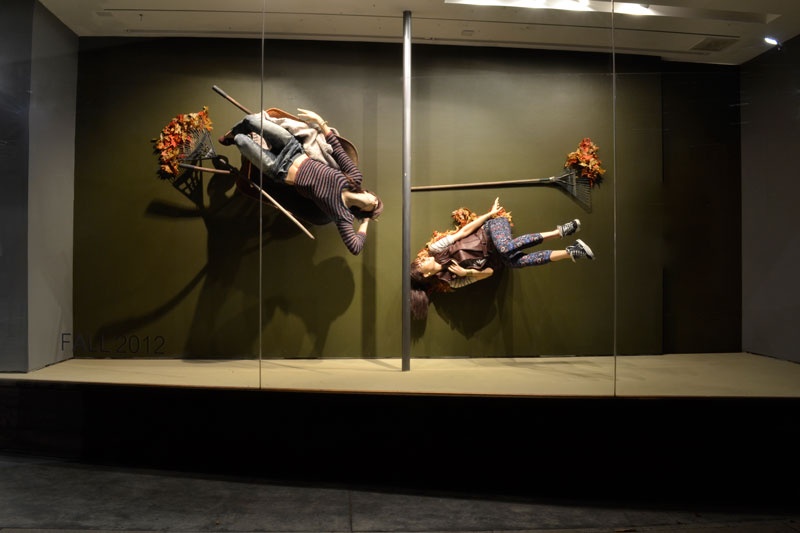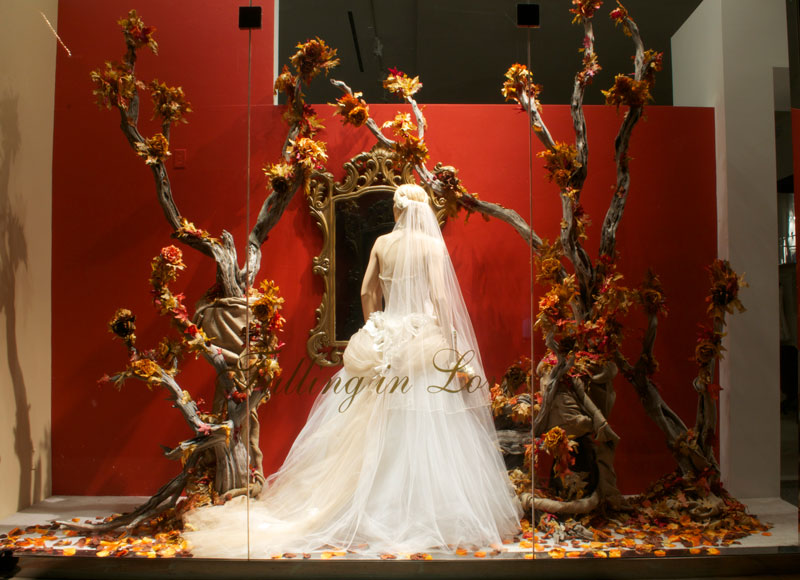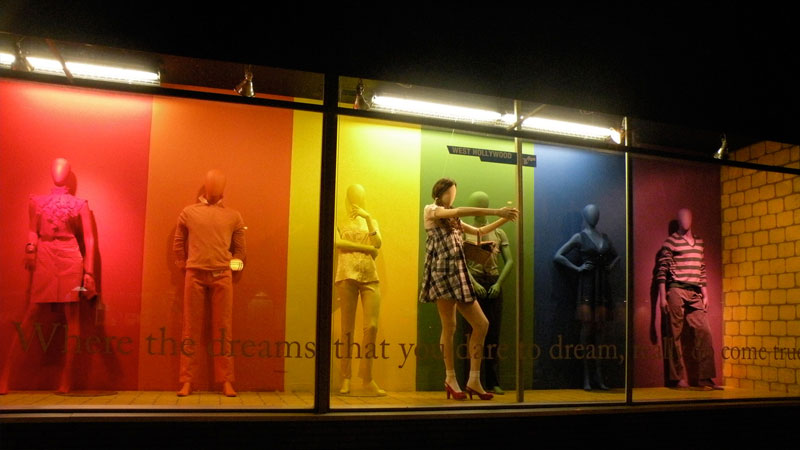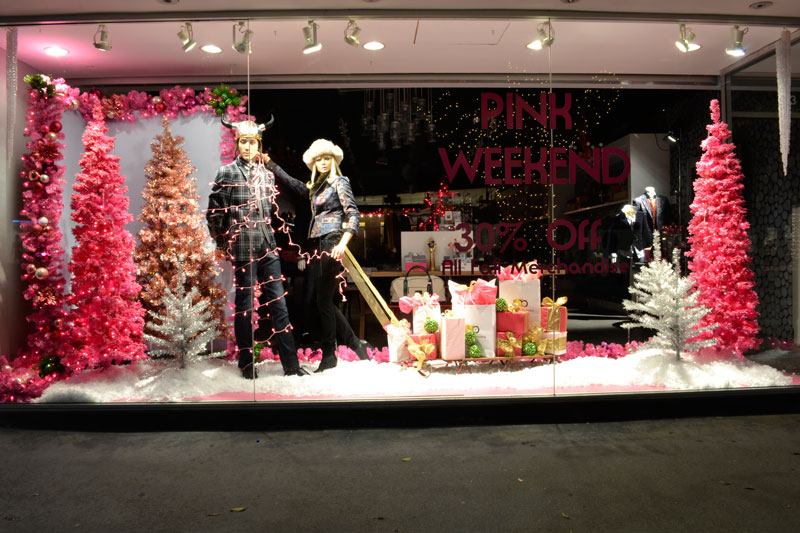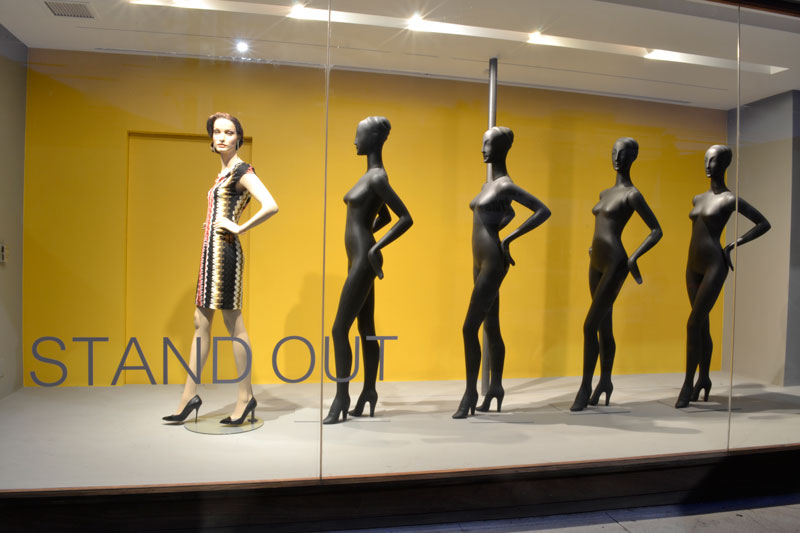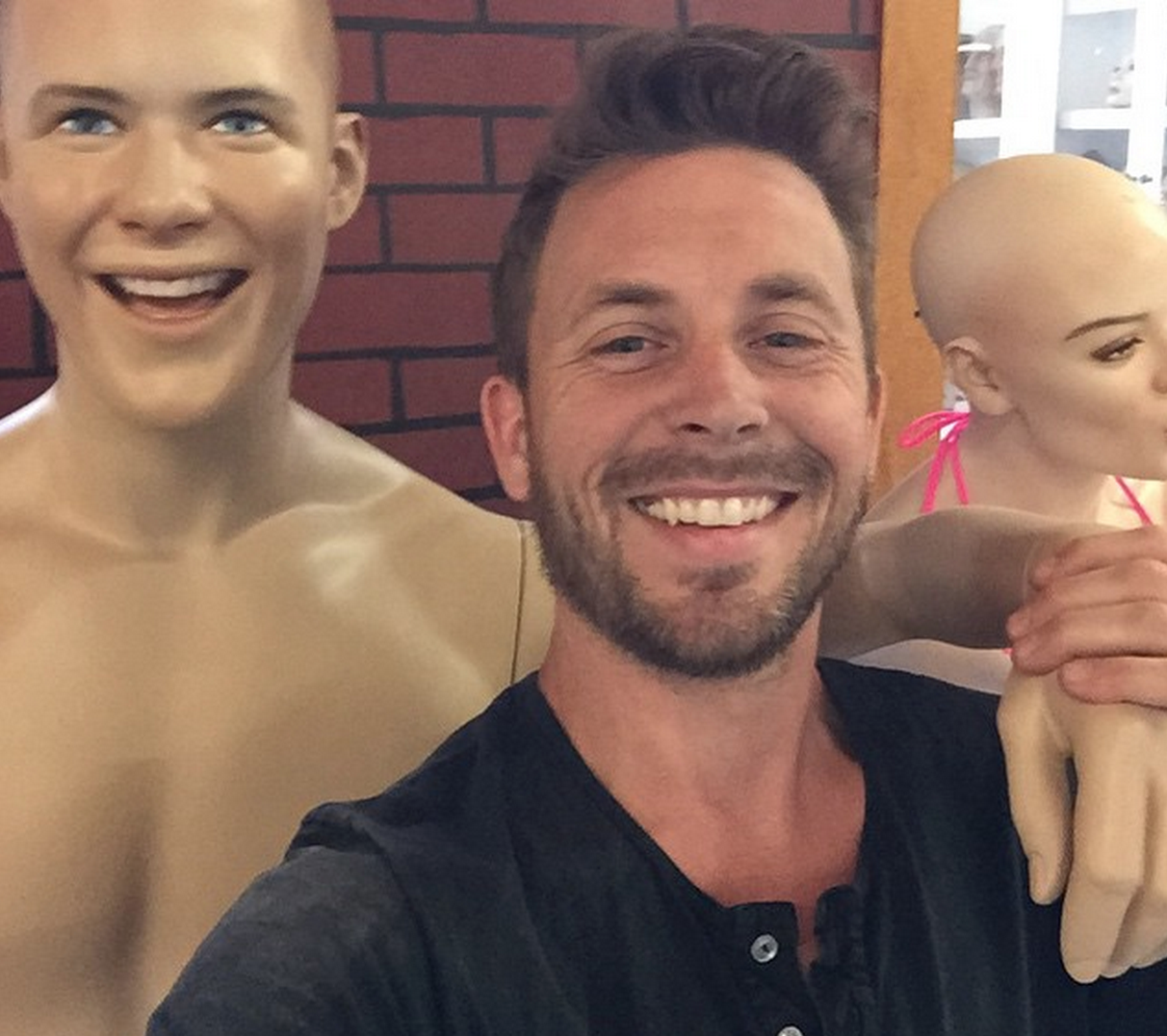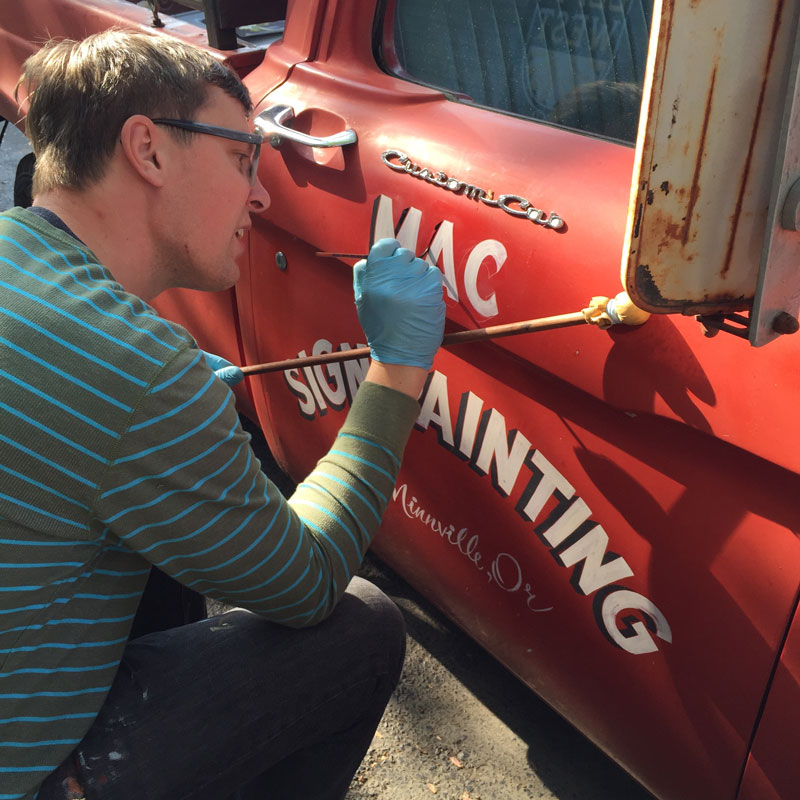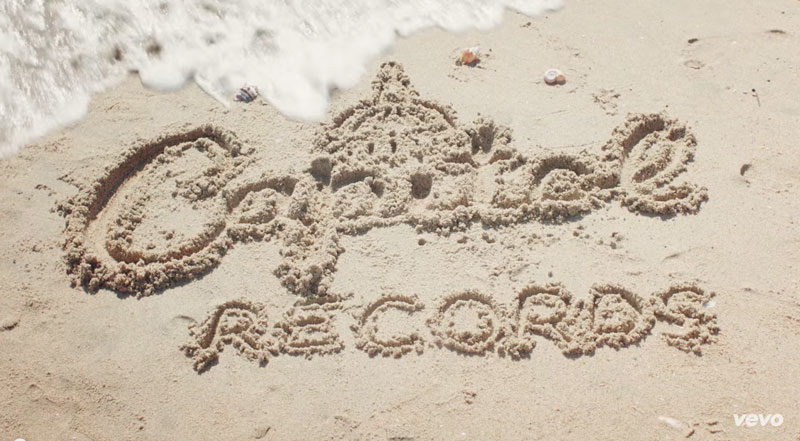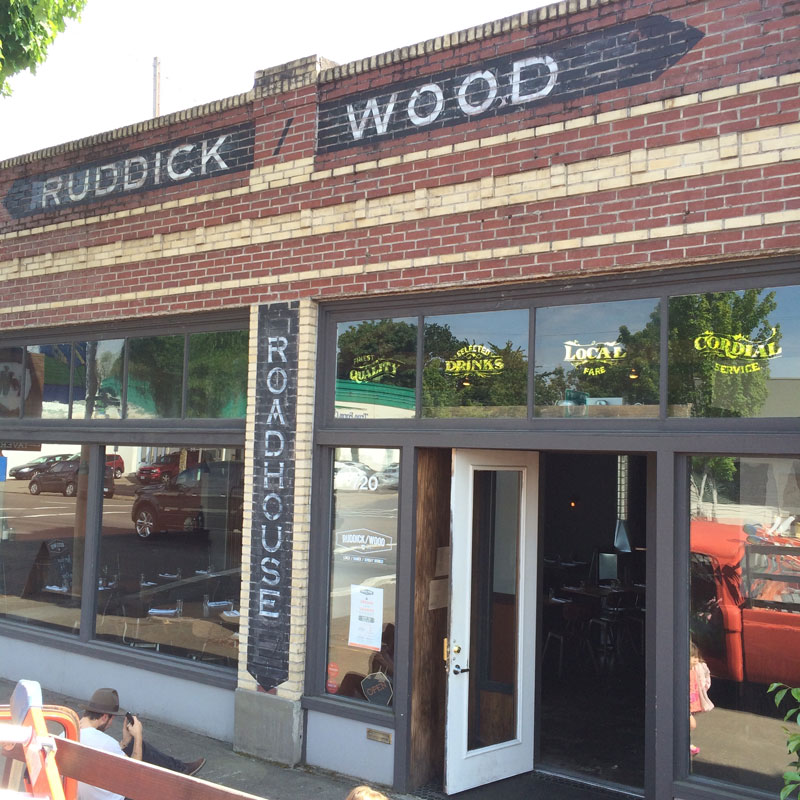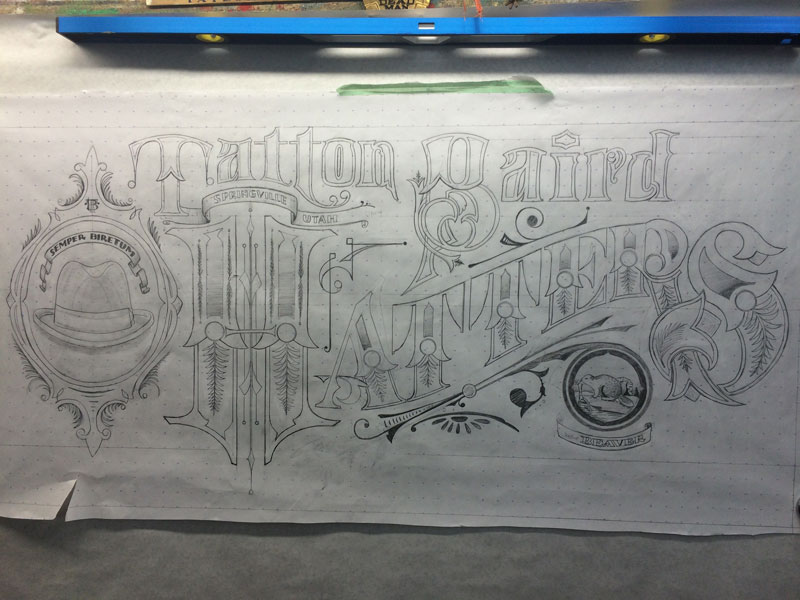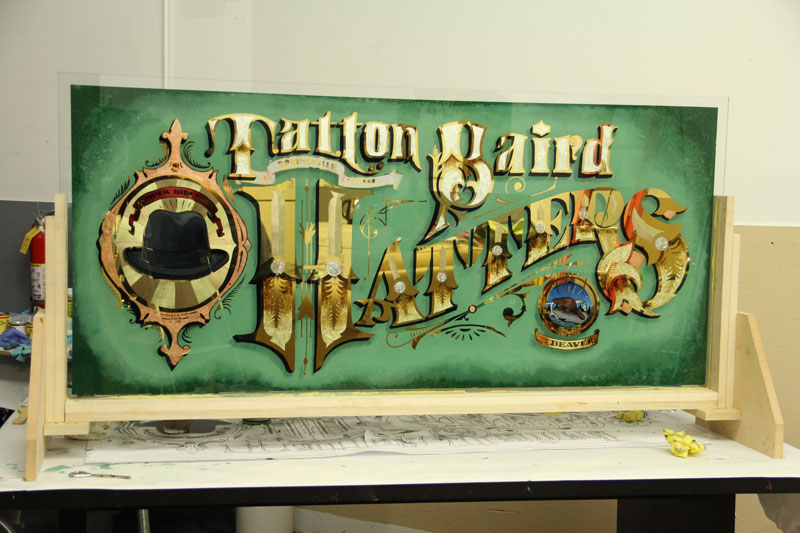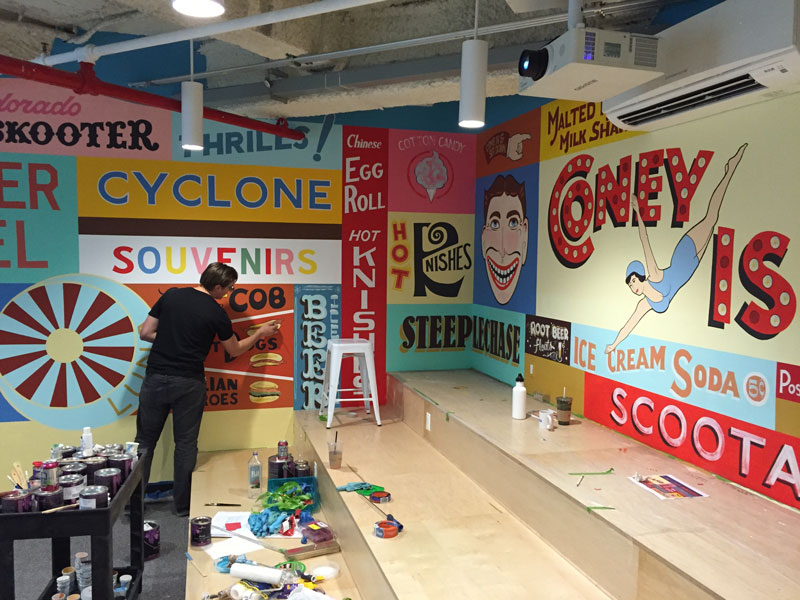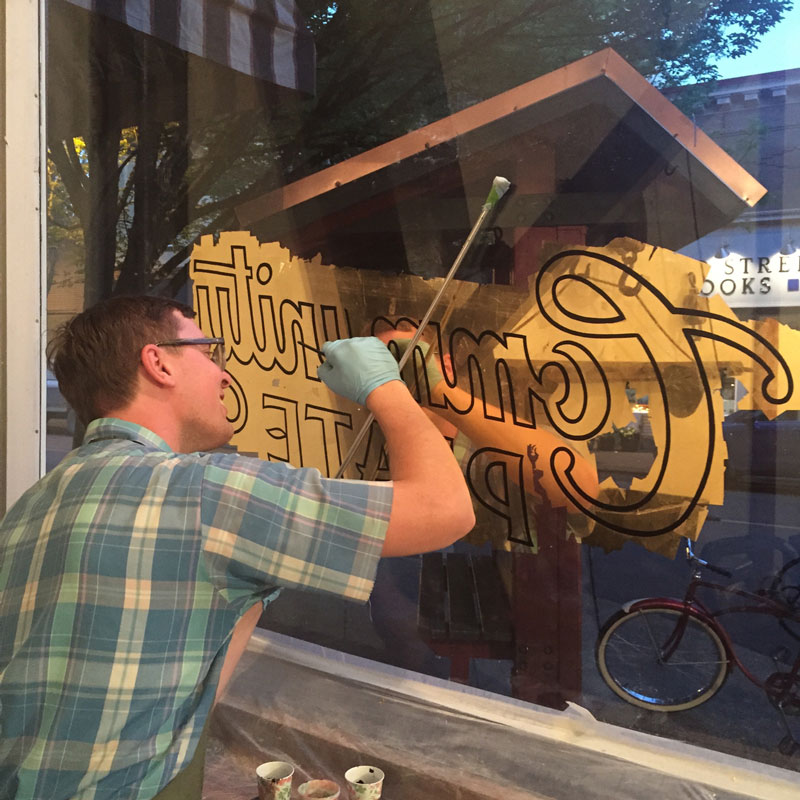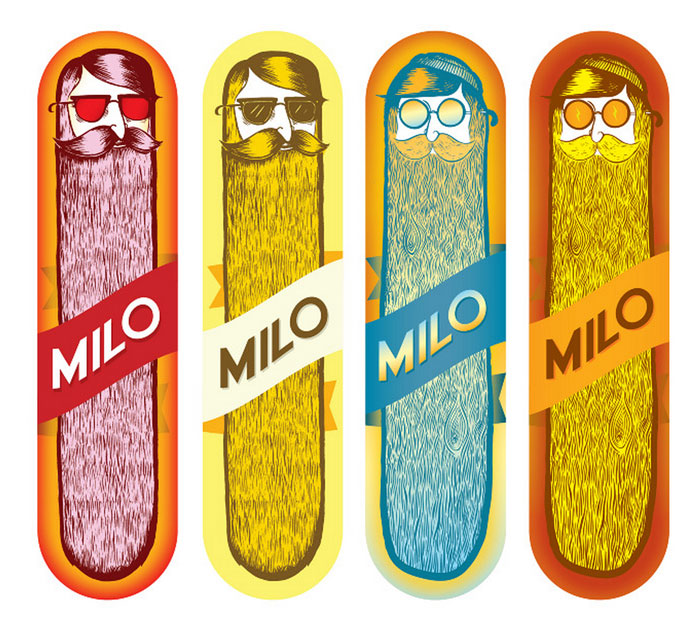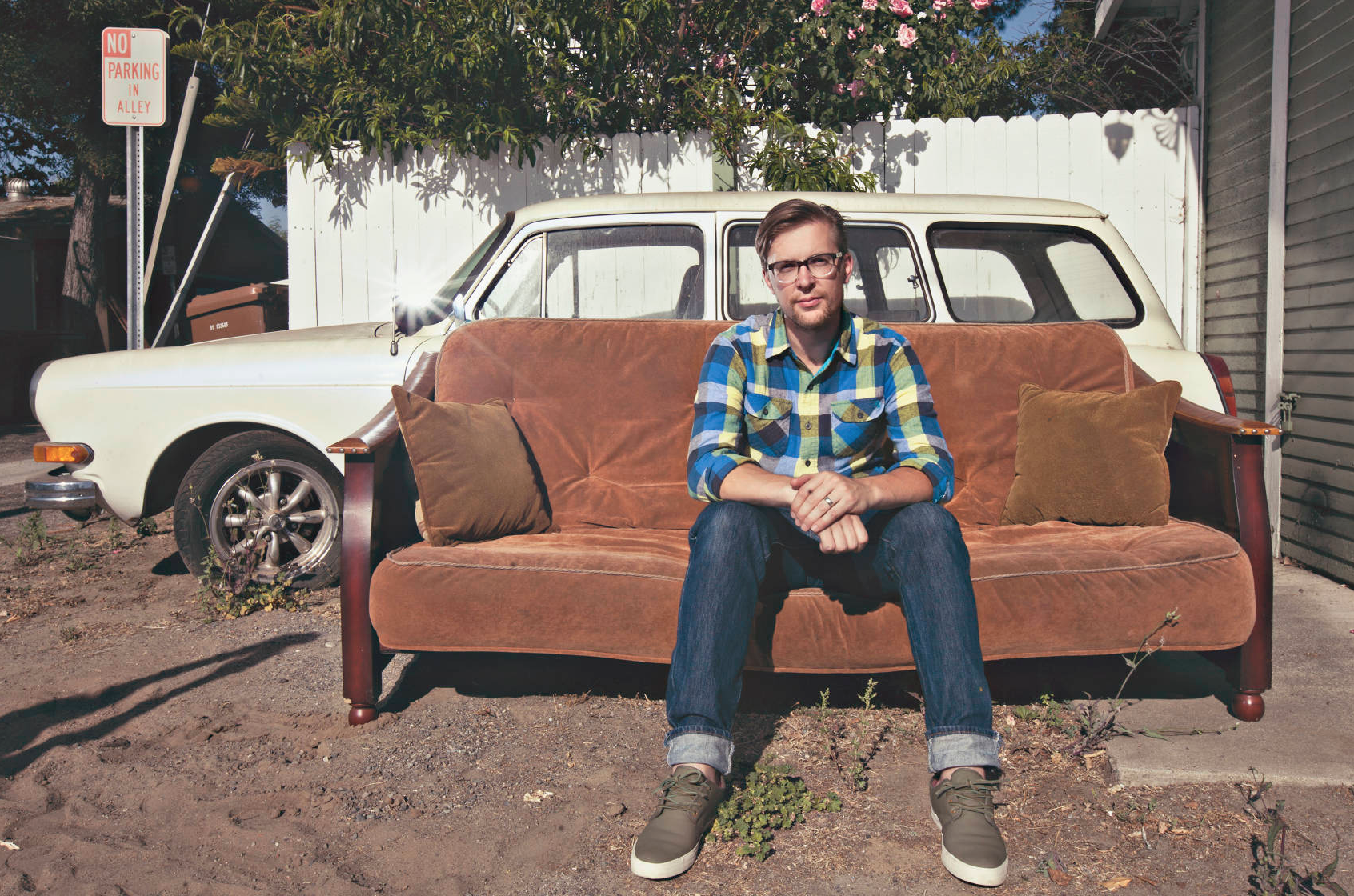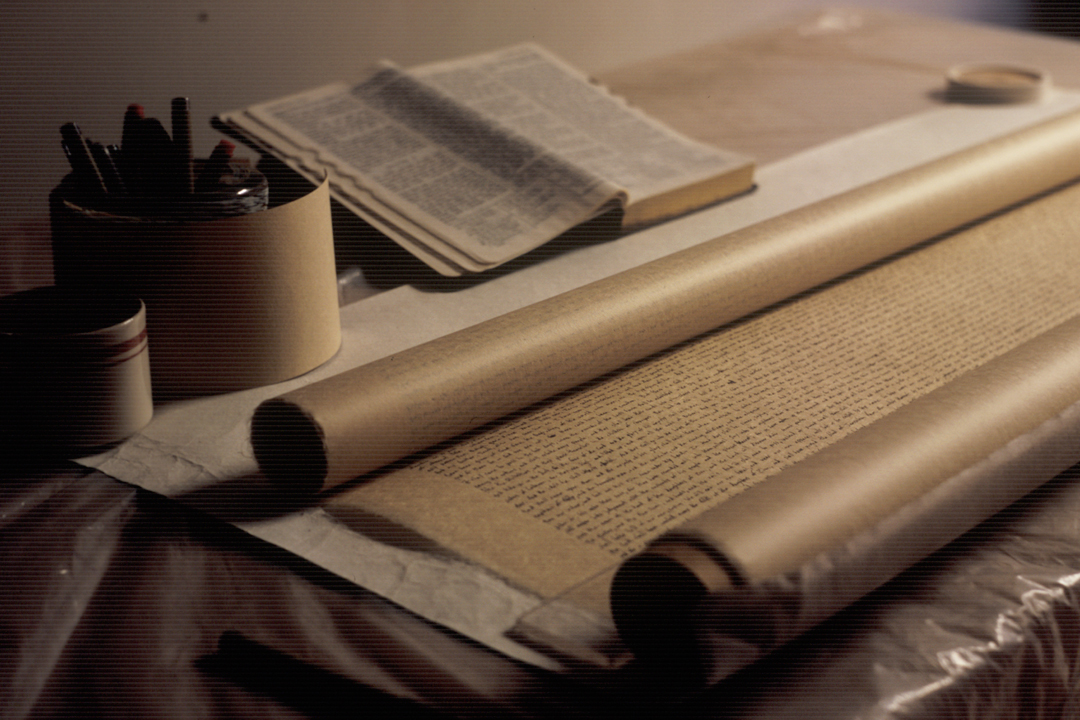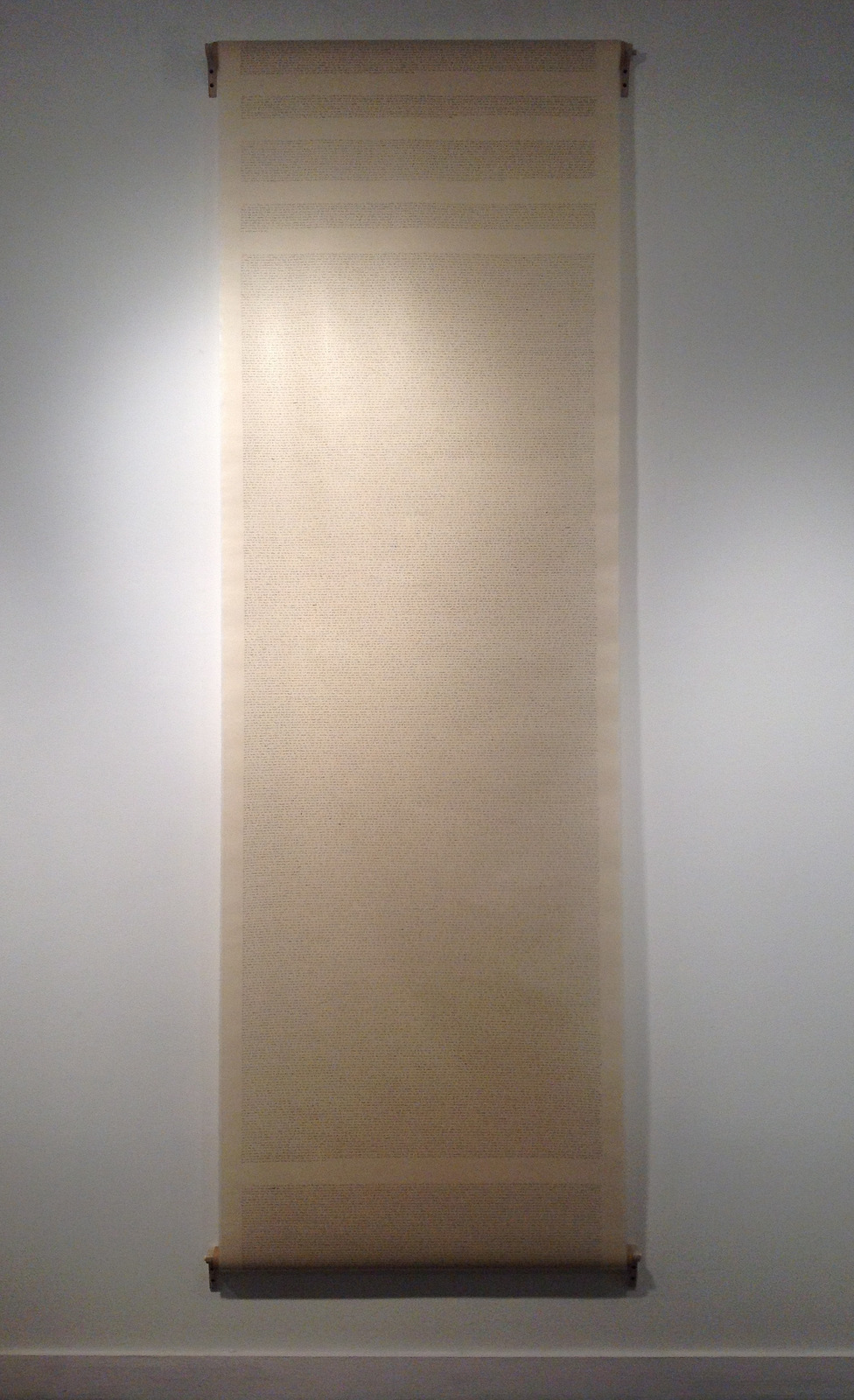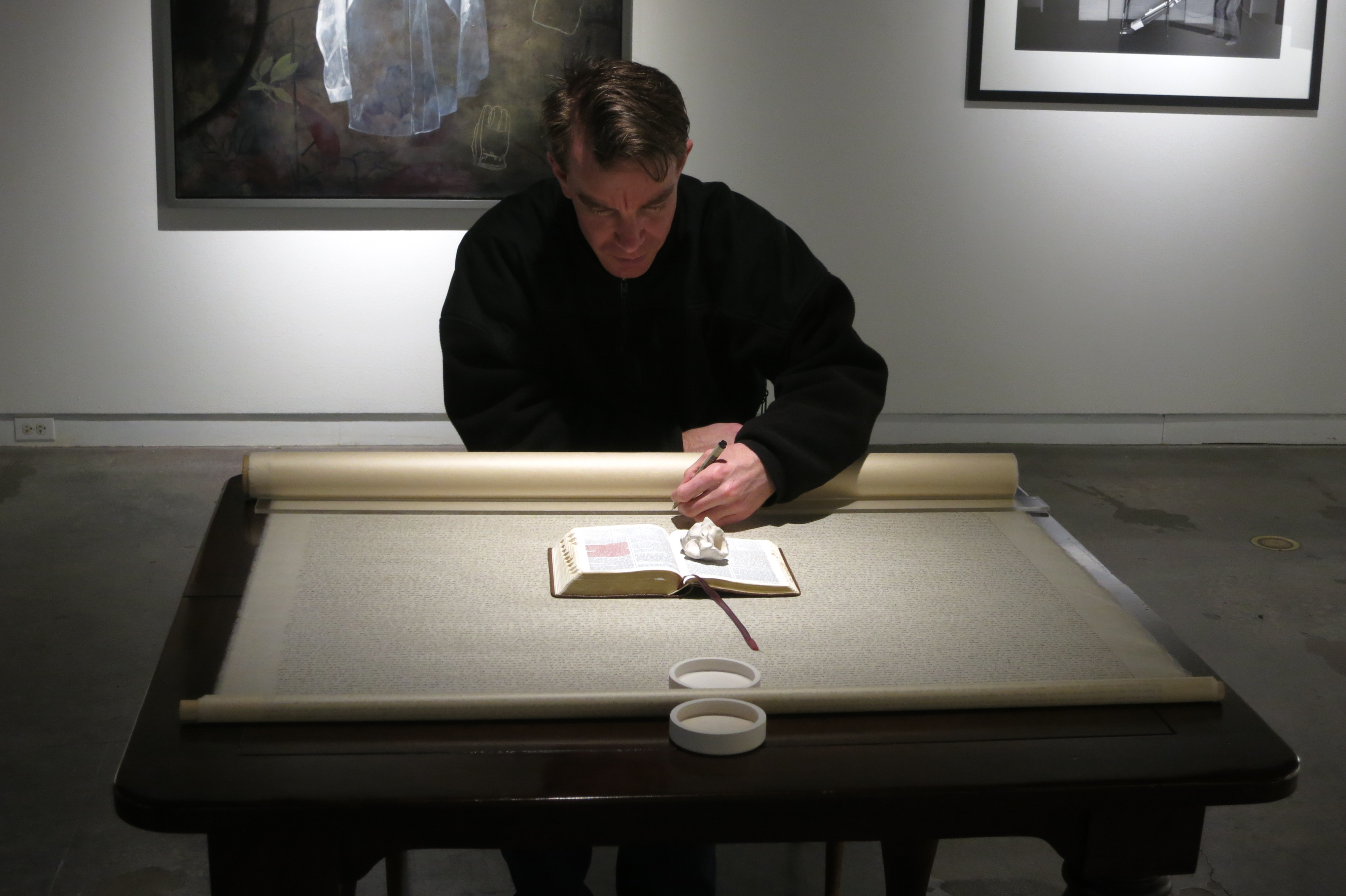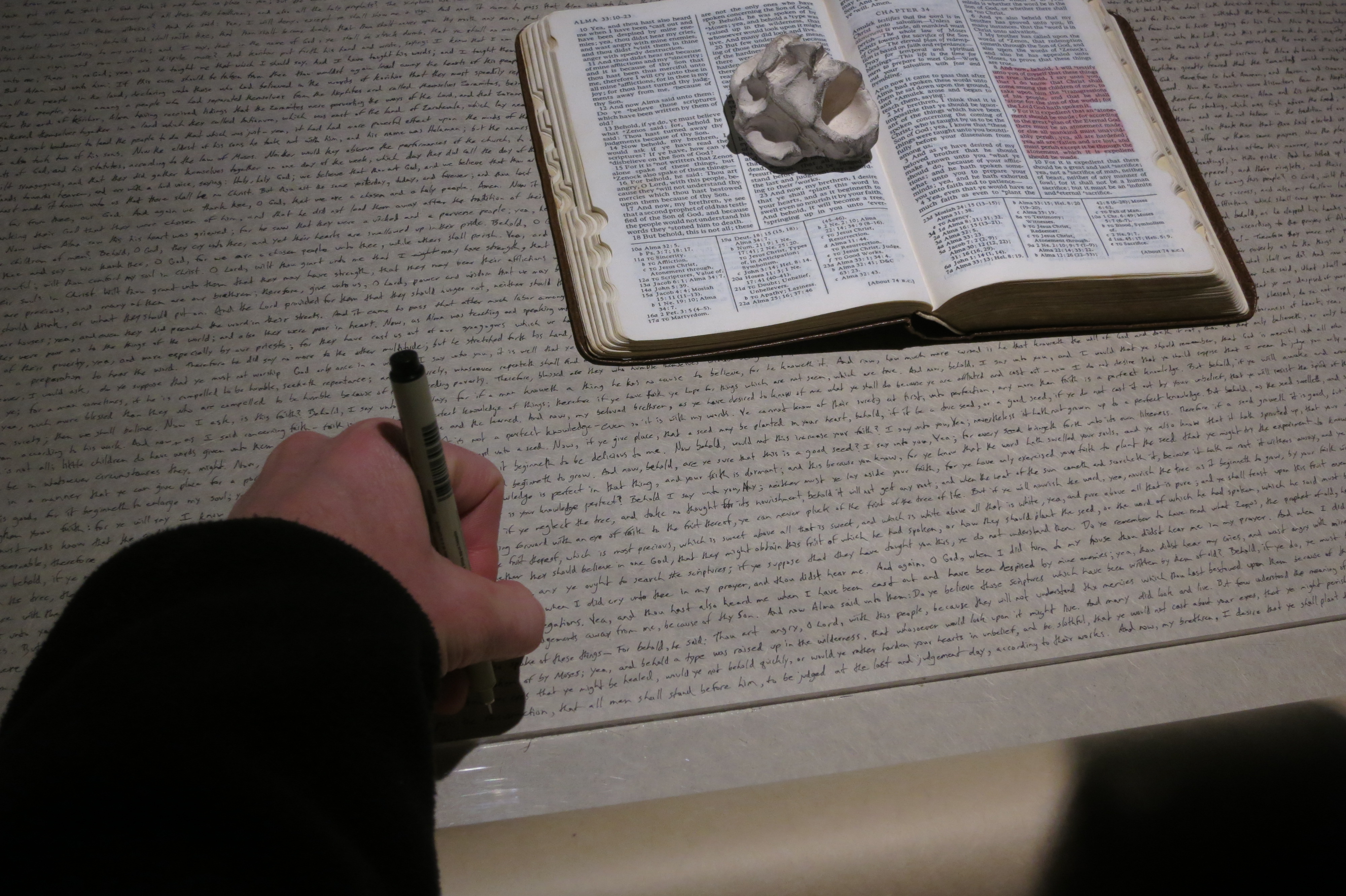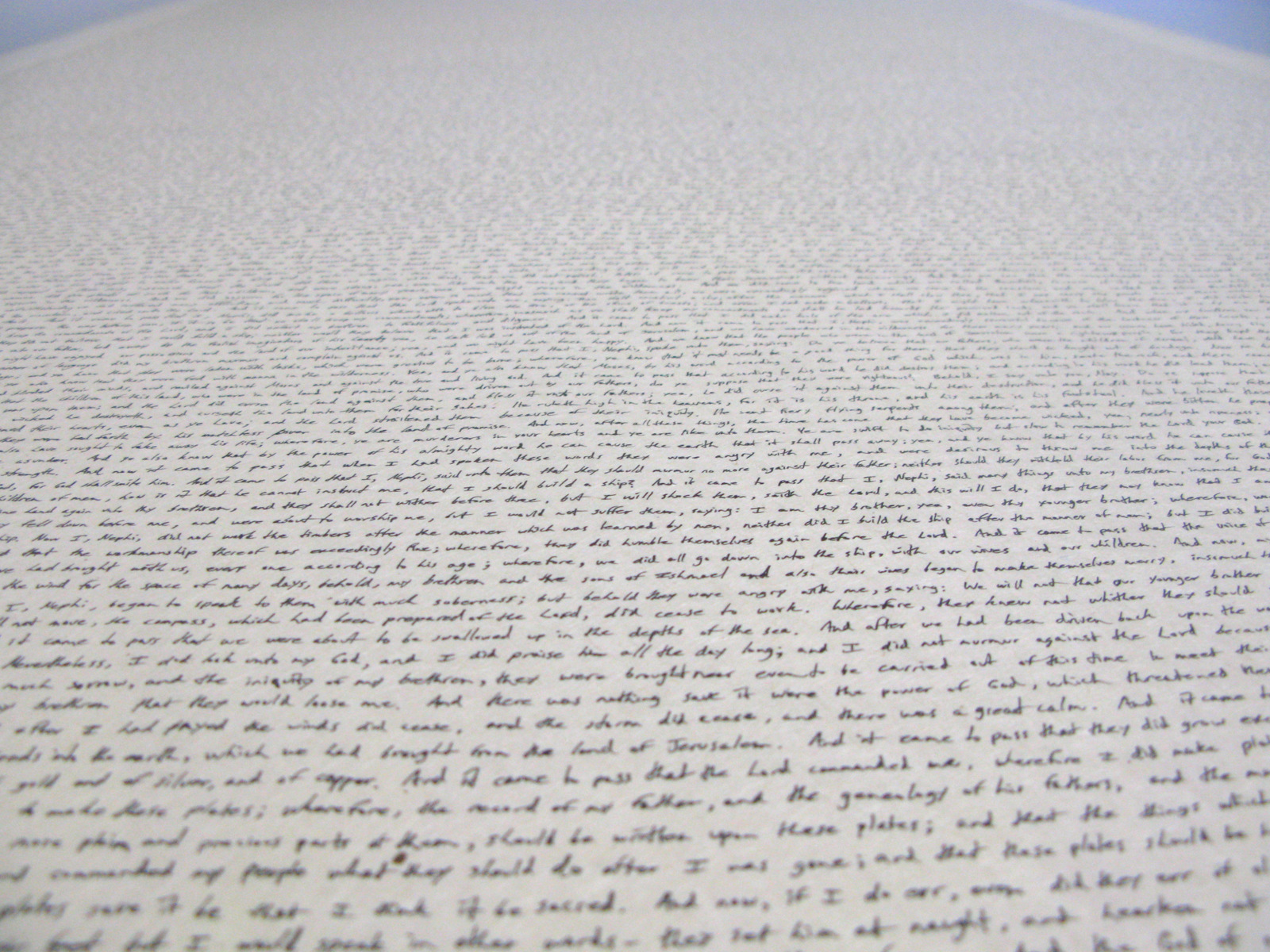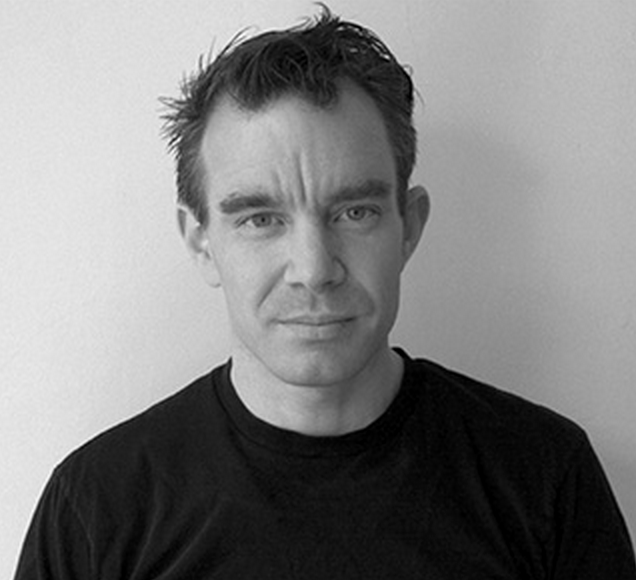Maddison Colvin‘s Let Us Rejoice (video, 2015) contrasts two Mormon Tabernacle Choir performances occurring three years apart. Simultaneously. Colvin is currently an artist residing in Oregon. She holds degrees from Whitworth University and BYU.
From your view ‘on the inside’, what is the state of art in Mormon culture? Well, as far as I’ve experienced, there are different factions working indirectly alongside each other. One camp is the more traditional and/or narrative Mormon artists, who wear their faith on their sleeve and in the subject matter of their paintings. I’m thinking specifically of J. Kirk Richards, Brian Kershisnik, and Caitlin Connolly. They have huge followings in Mormondom and for good reason–they’re making narrative, religious/spiritual/personal work that isn’t just Liz Lemon Swindle smiling-Jesus stuff. That kind of Deseret-Book-Postcard-Art (Swindle et al) bores and even disgusts a lot of people, me included; they can’t identify it with their feelings about Christ or the gospel. When those people look for “religious art” (which is to say, art used specifically to reinforce or strengthen religious or spiritual ideas, often depicting religious or spiritual narratives), they turn to people like Minerva Teichert or the aforementioned people. It’s much more complex, satisfying, and visually interesting, while still directly related to LDS narratives, ideas, and culture. I think of this group as “Mormon Artists”, and they have large appeal within Mormondom, and often with closely culturally-aligned people outside of the church.
Then you have another camp, of “Artists who are Mormon”. They tend to be more critical, more academic, and/or more interested in the contemporary art world than in engaging with religious topics. A lot of BYU professors, students, and former students, are in this camp. Their work is often super interesting to other artists, and is a kind of opaque manifestation of faith in practice. Their Mormonism, often very important to them personally, is rarely visible in their work.
Then there’s “Art about Mormonism”. Most of these artists are ex-LDS, operating relatively successfully in the art world, and drawing from their personal or cultural heritage for their work. They are often interested in the more esoteric and weird aspects of Mormonism; the ones that are more conceptually glamorous. These artists make fully realized, critical/conceptual work, but their choice of subject matter is almost Oedipal. They’ve left the church but it’s still one of the most engaging personal experiences they can draw on and they will continue to return to it.
In other words, the art satellites orbiting around Mormonism’s gravity serve radically different purposes. “Mormon artists” service the community most directly with art that speaks directly to common narratives and faith principles. Its traditional, illustrative form, however, will likely not be taken terribly seriously by art-world viewers. [My grandparents would love this art.] “Artists who are Mormon” operate on the ‘by their works ye shall know them’ sort of principle of making sincere, rigorous, intelligent work primarily intended to exist in the art world. [My grandparents would be confused about this art.] “Art about Mormonism” is interested in narratives, symbolism, and principles of faith, is generally rigorous and intelligent, but comes from artists who no longer believe in those narratives, symbols, and principles. Their audience is primarily outside the church, as the work can expose or makes light of things we consider sacred. [My grandparents would be insulted or outraged by this art.] What I would like to see more of, and what are largely missing, are Artists who are Mormon making Art about Mormonism. The audience for their work (which would be faithful, directly related to LDS ideas/issues, and rigorous/critical) is so tiny as to be negligible, partly explaining the lack of visibility for this kind of work. [I don’t know how grandparents would react to this art, therefore.]
Visit Maddison Colvin’s website.
Follow Maddison Colvin on Instagram.
